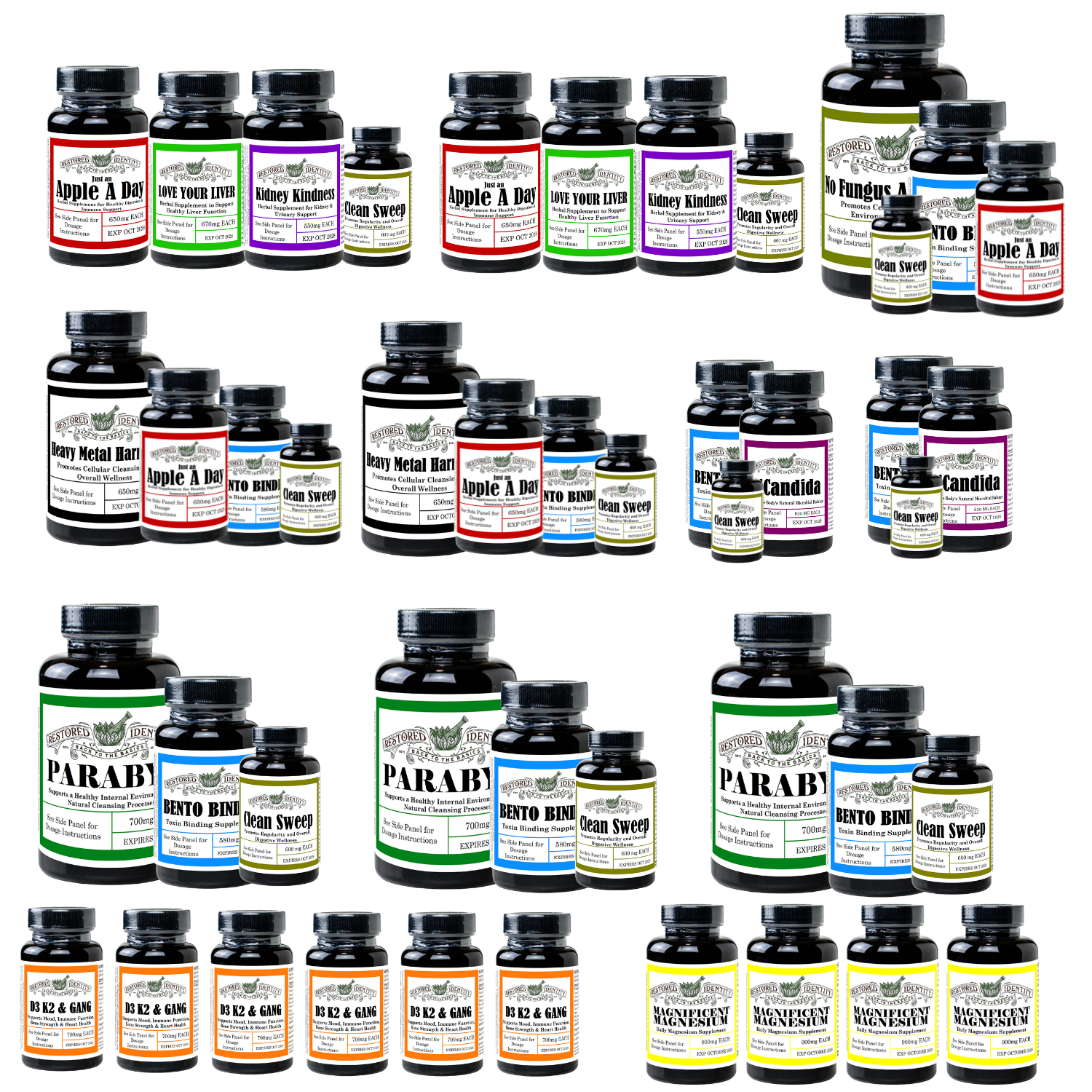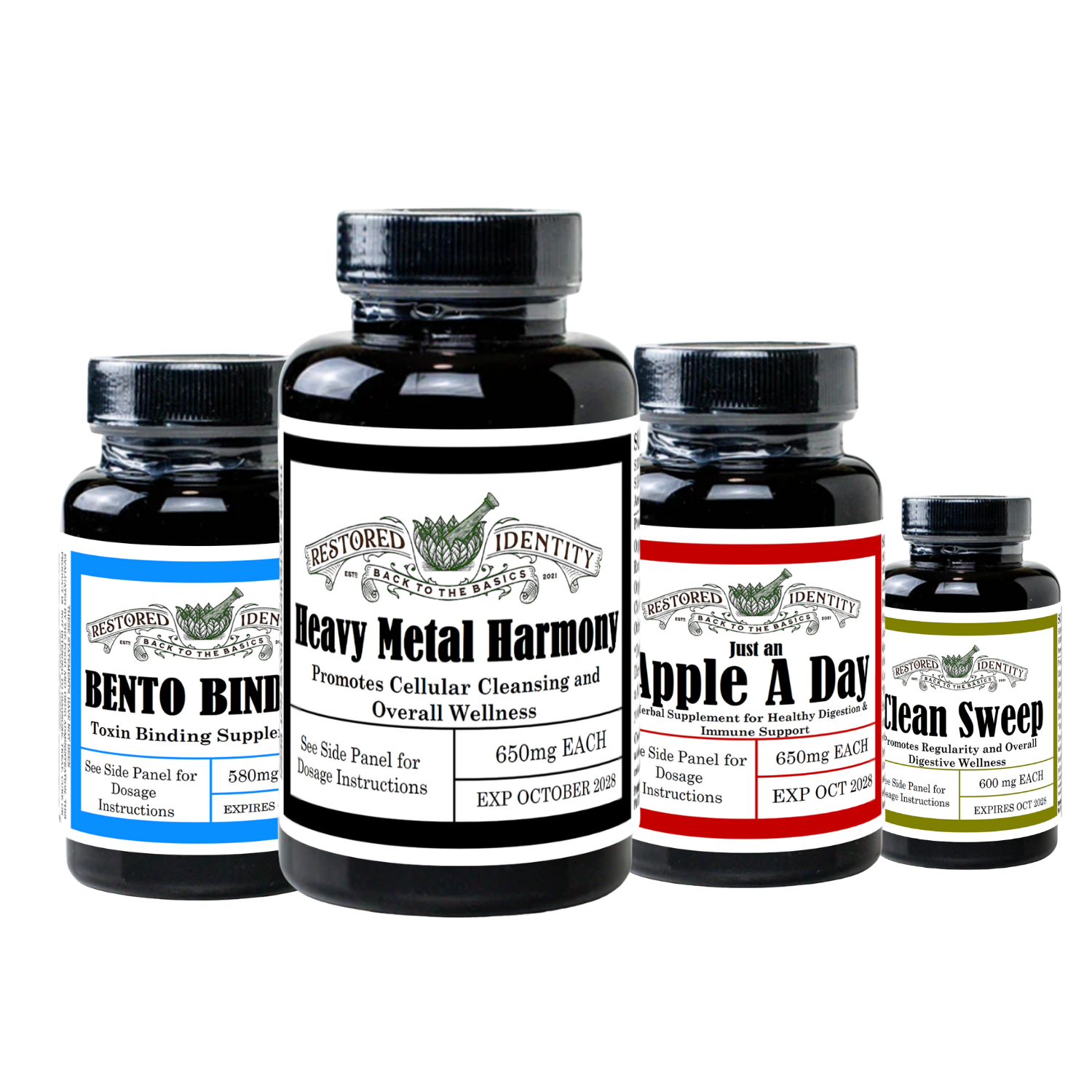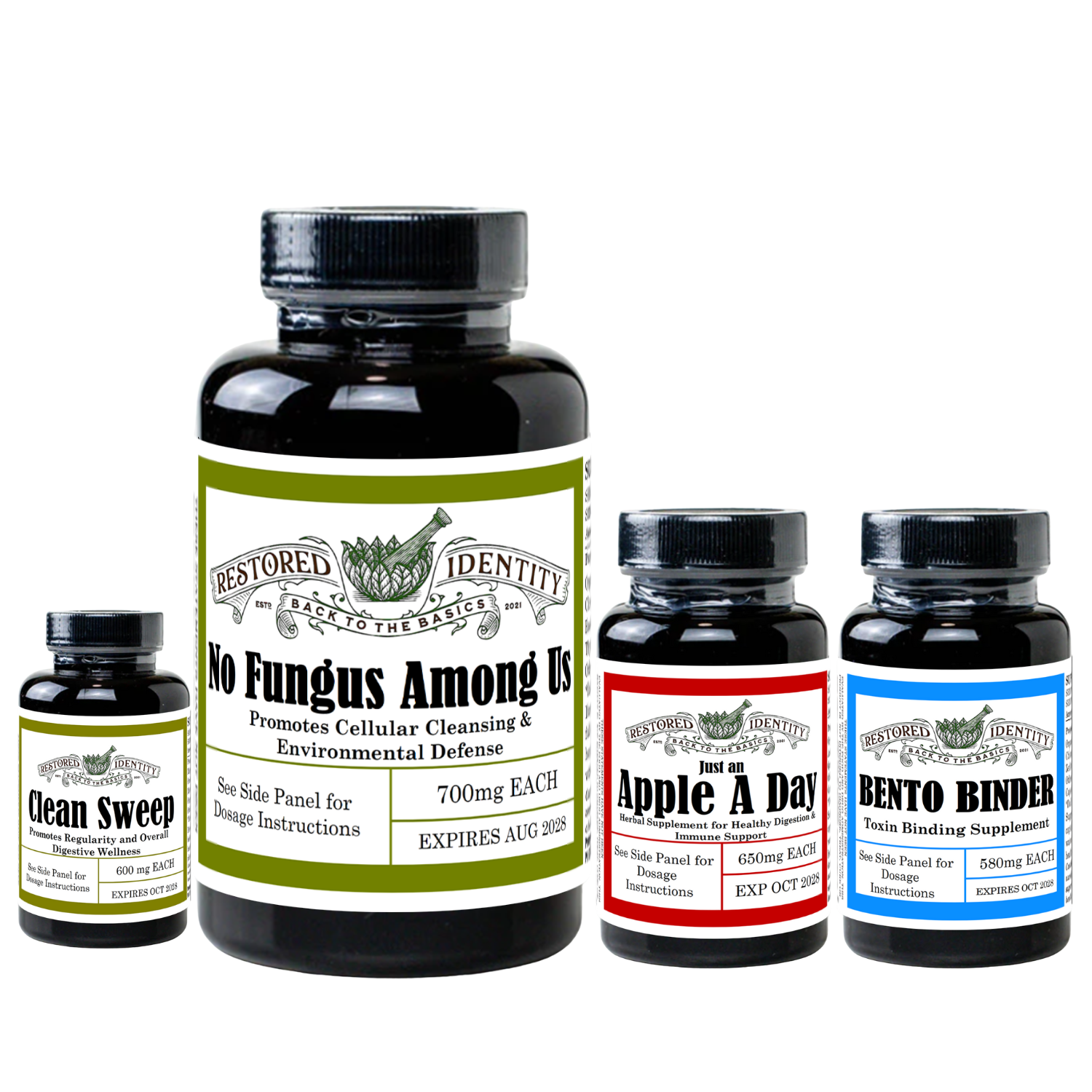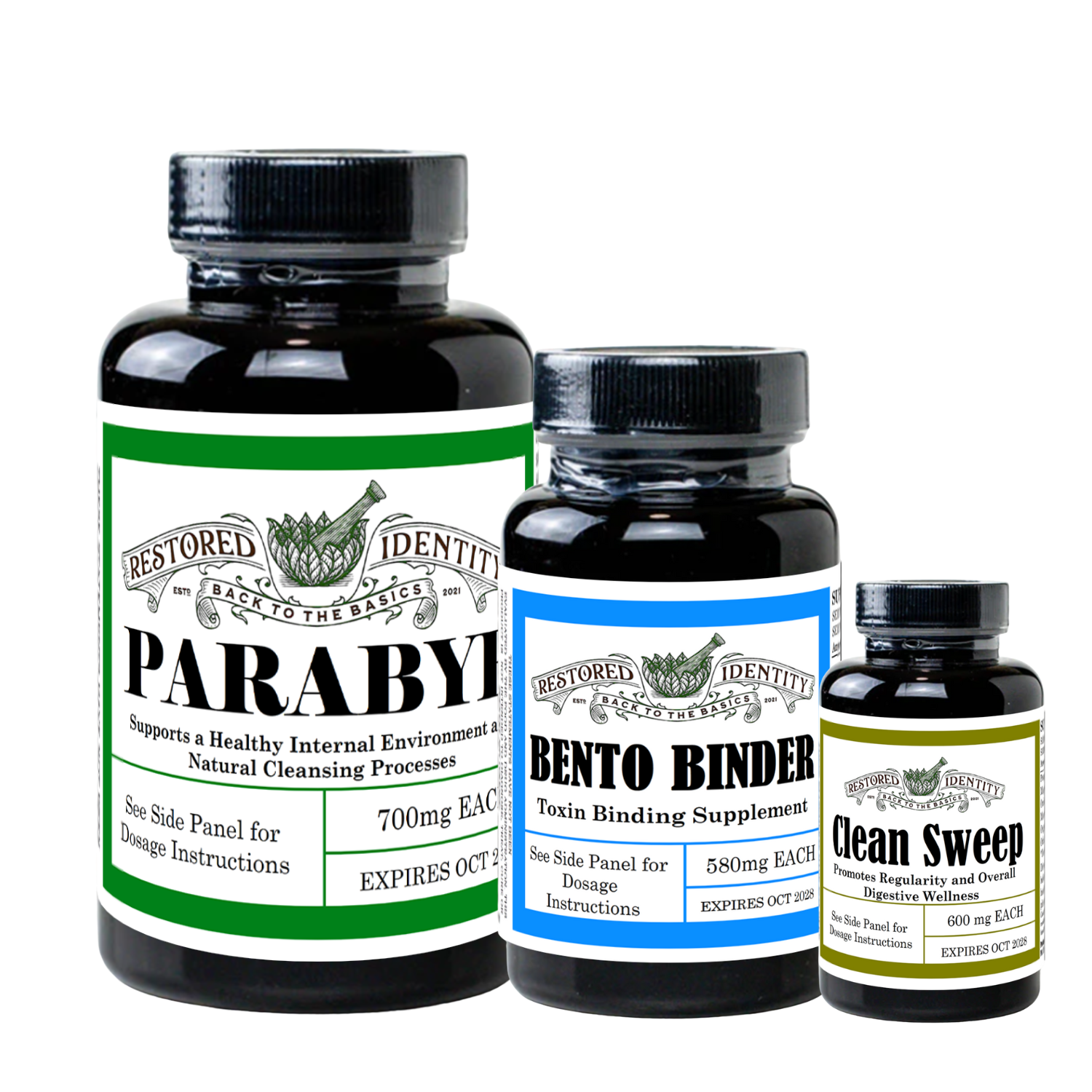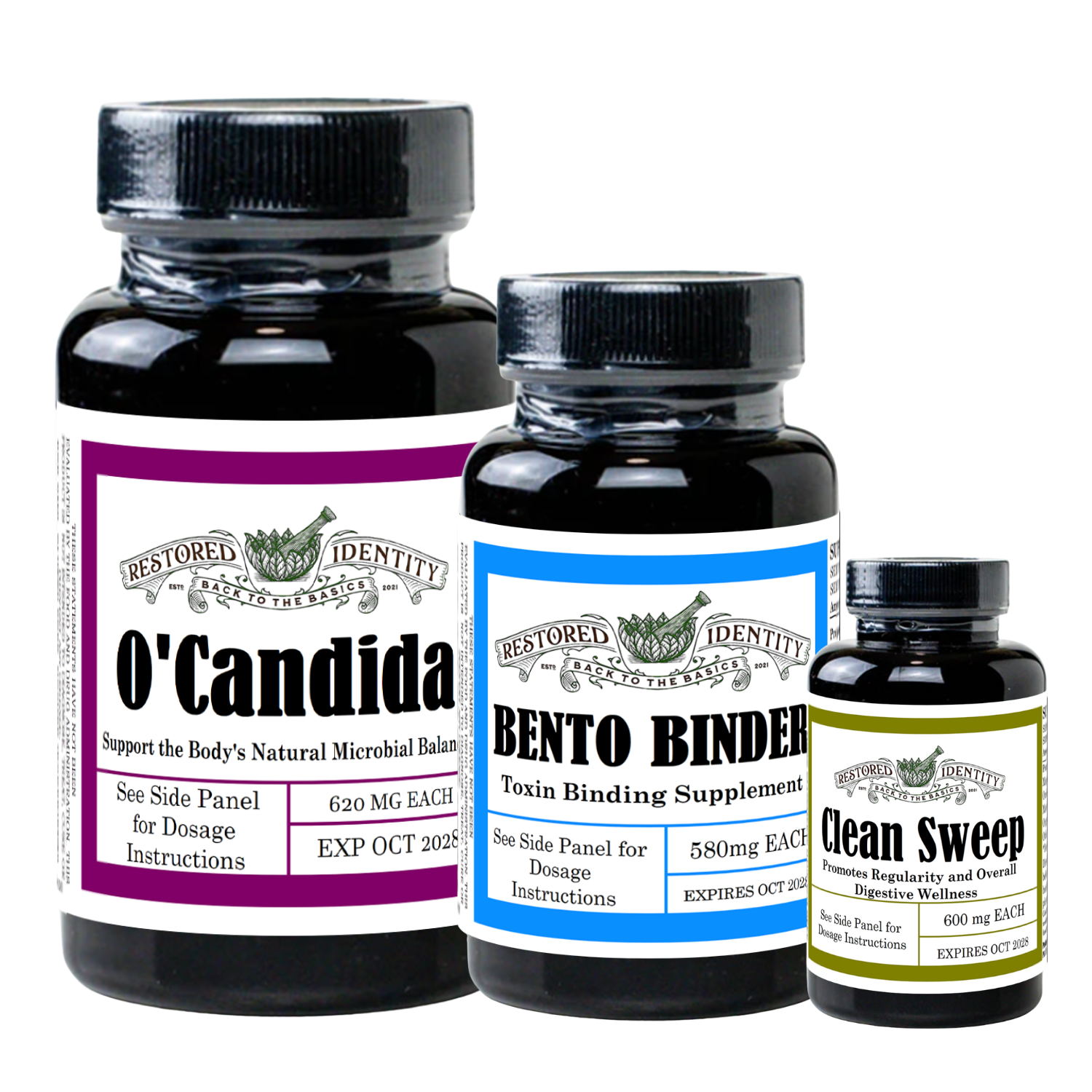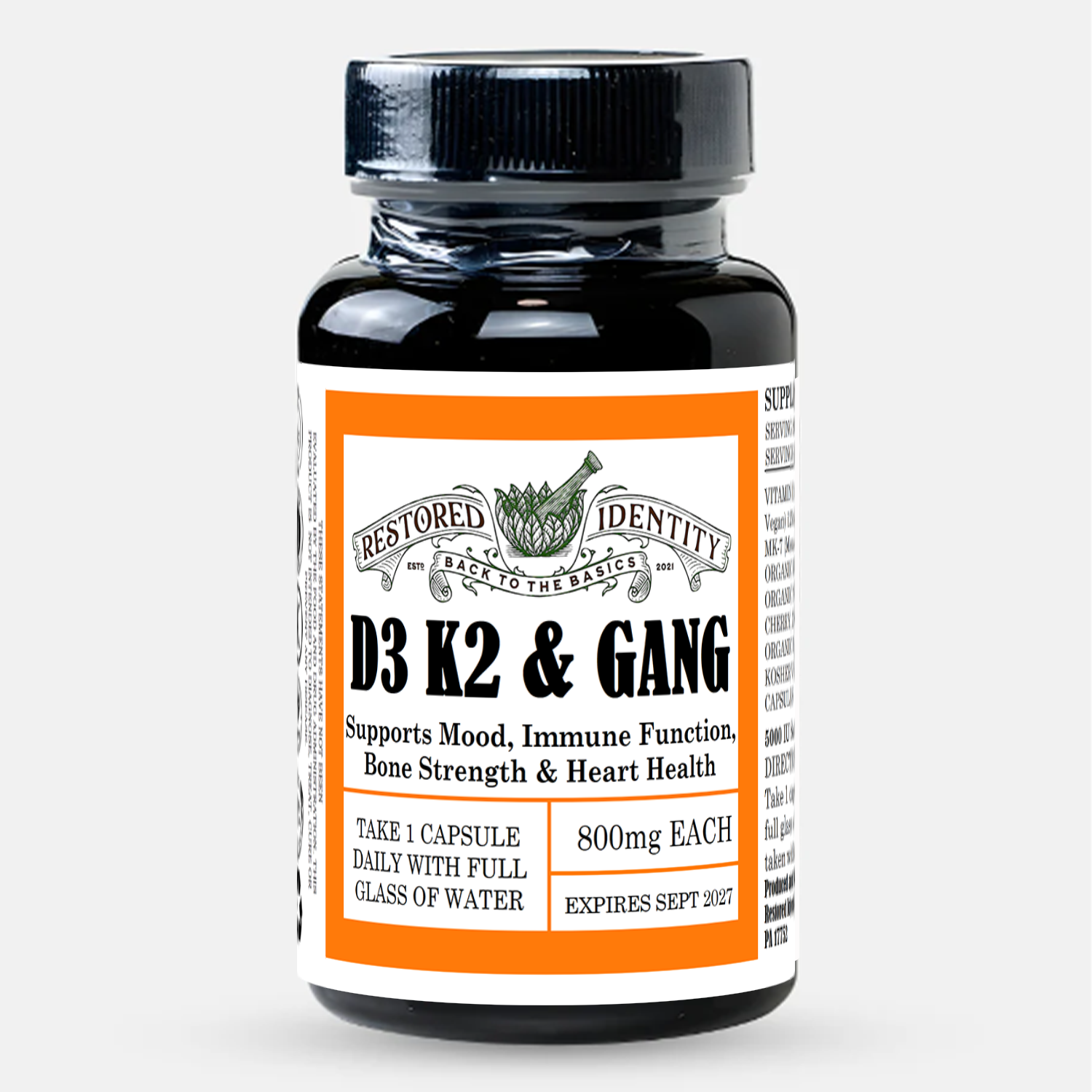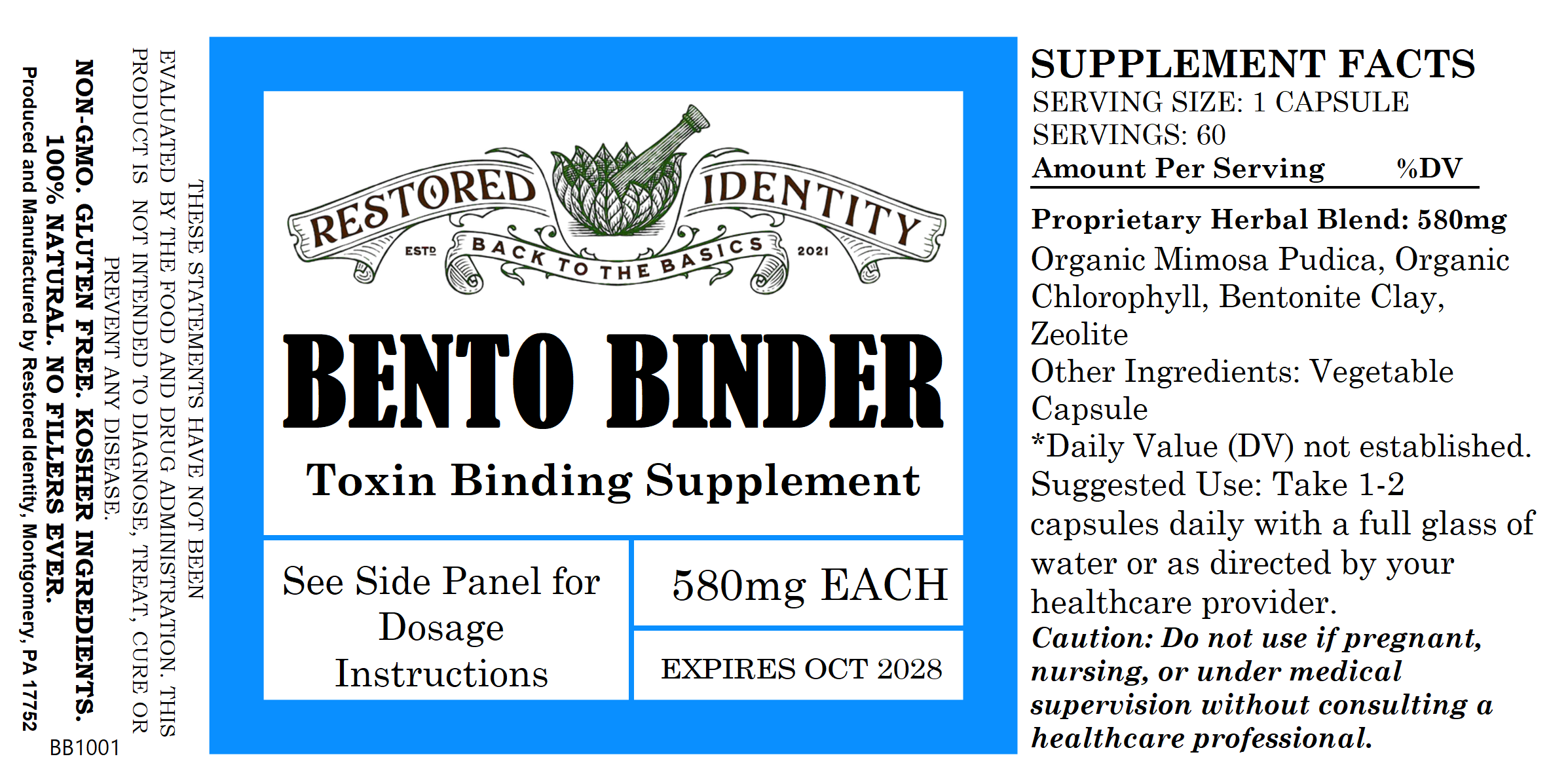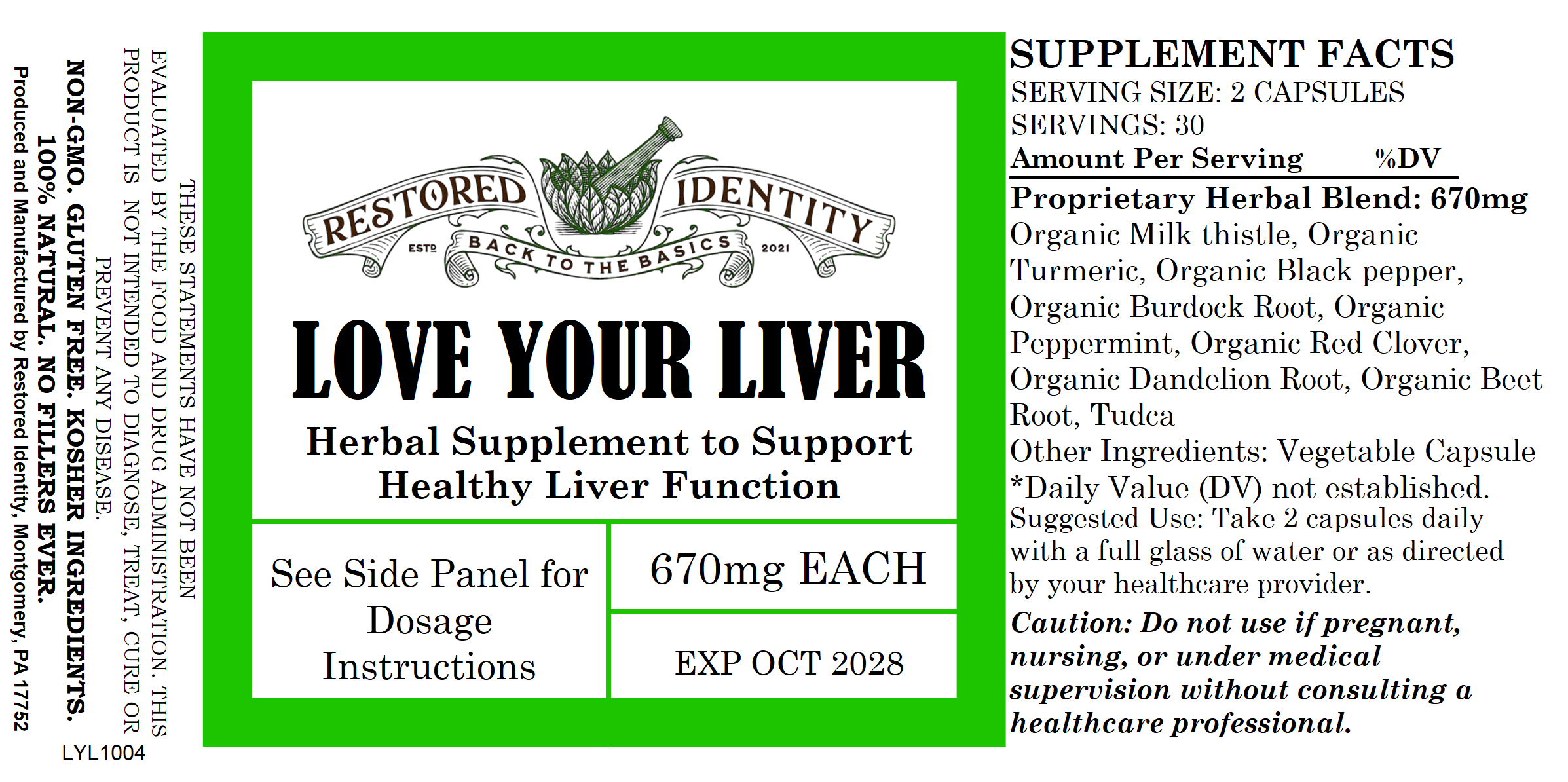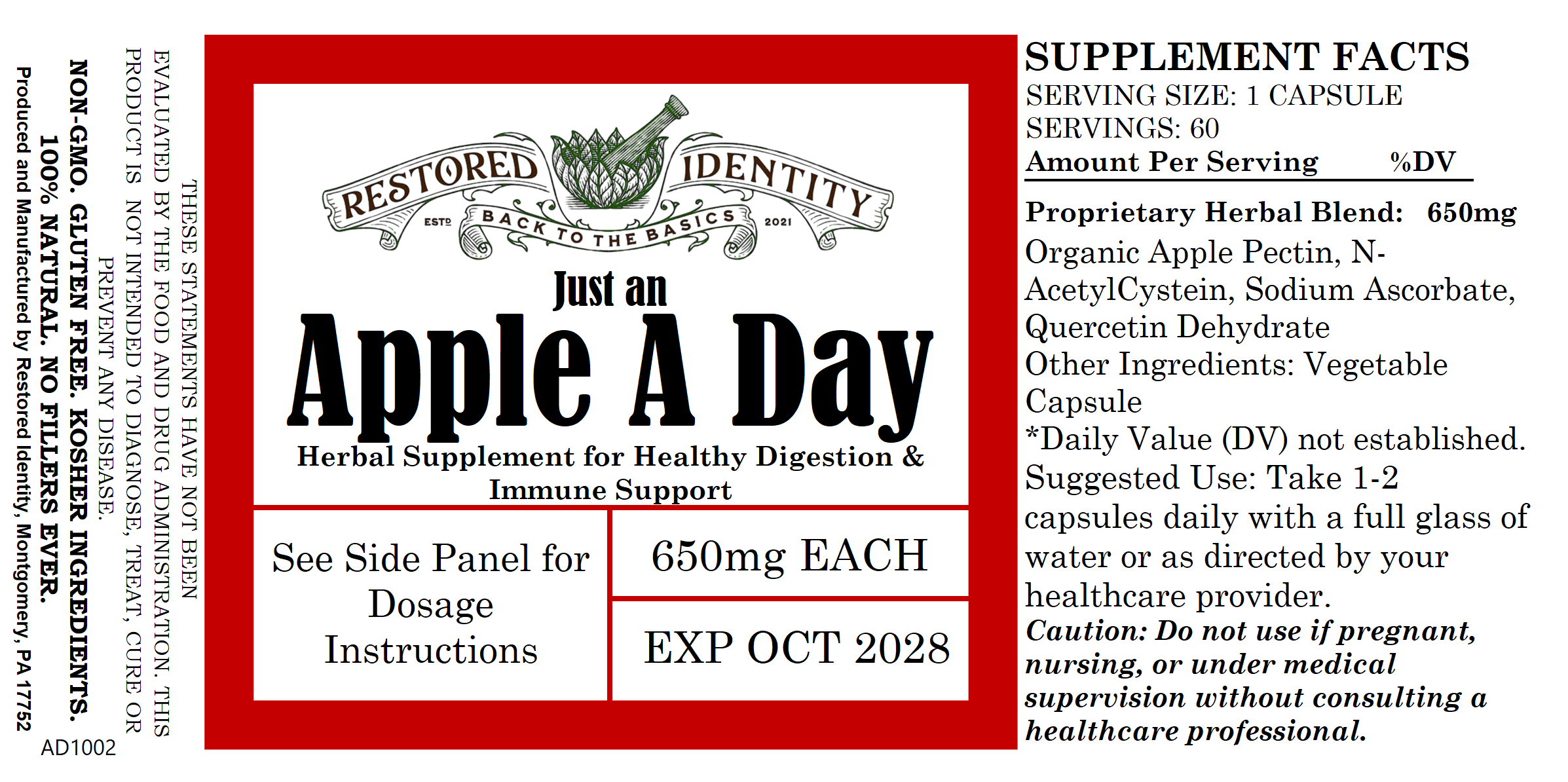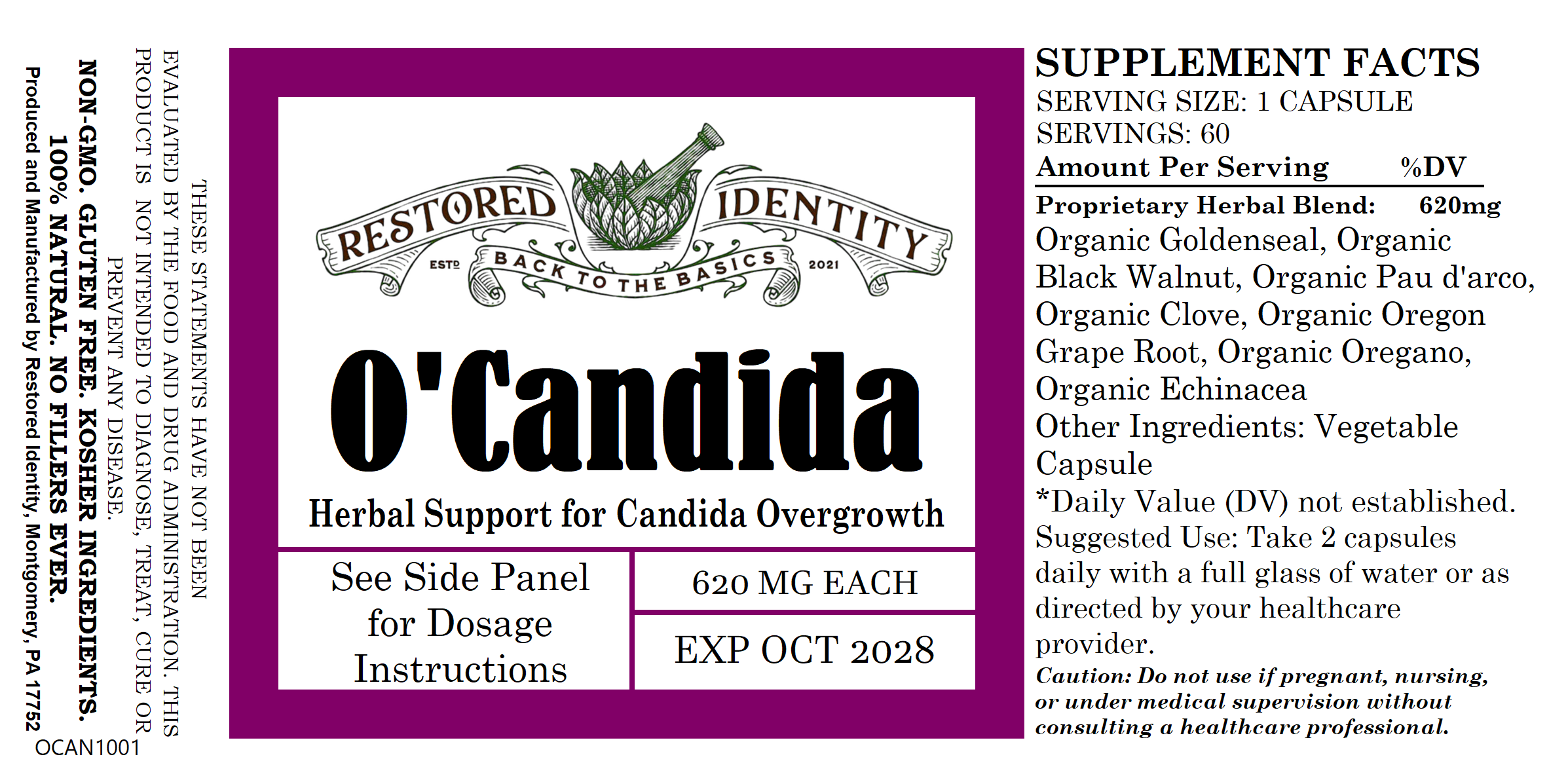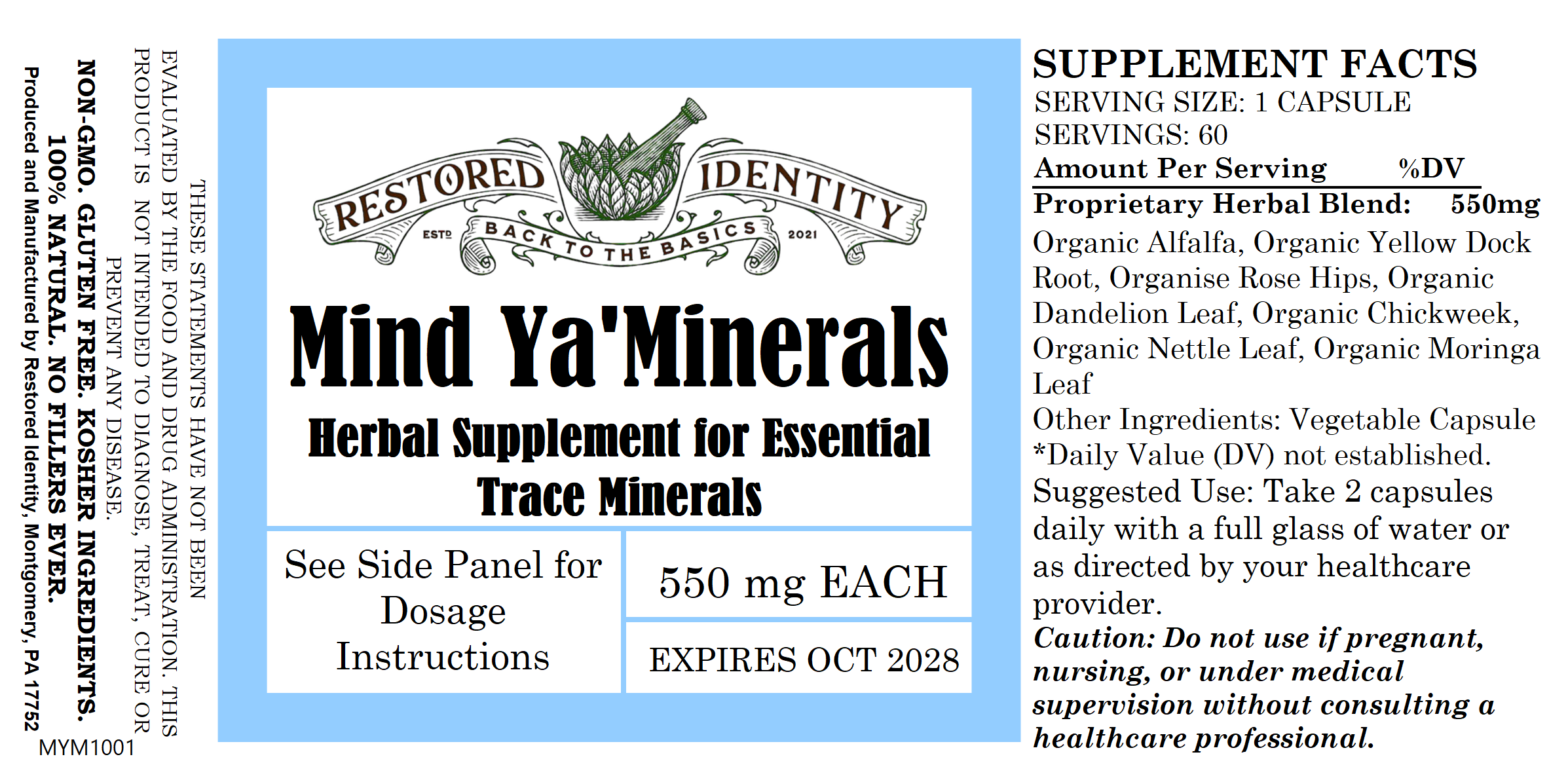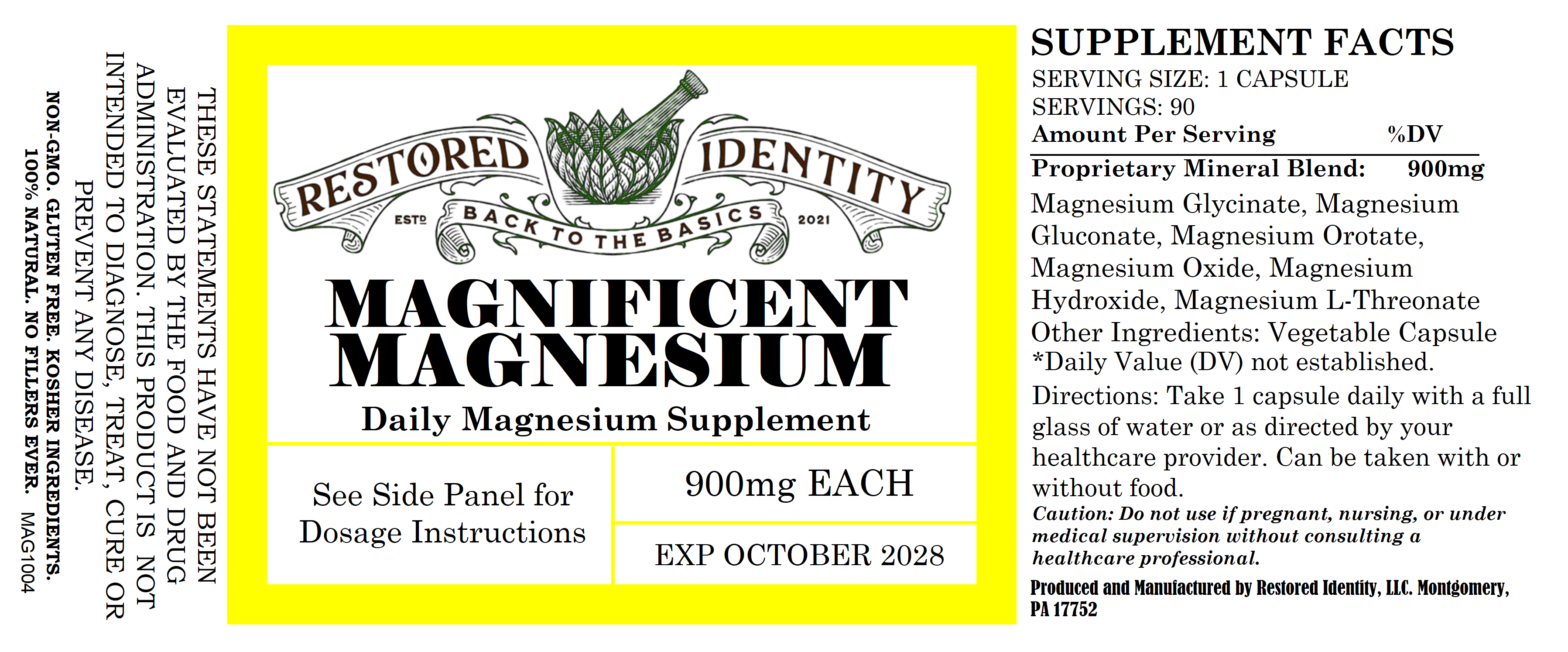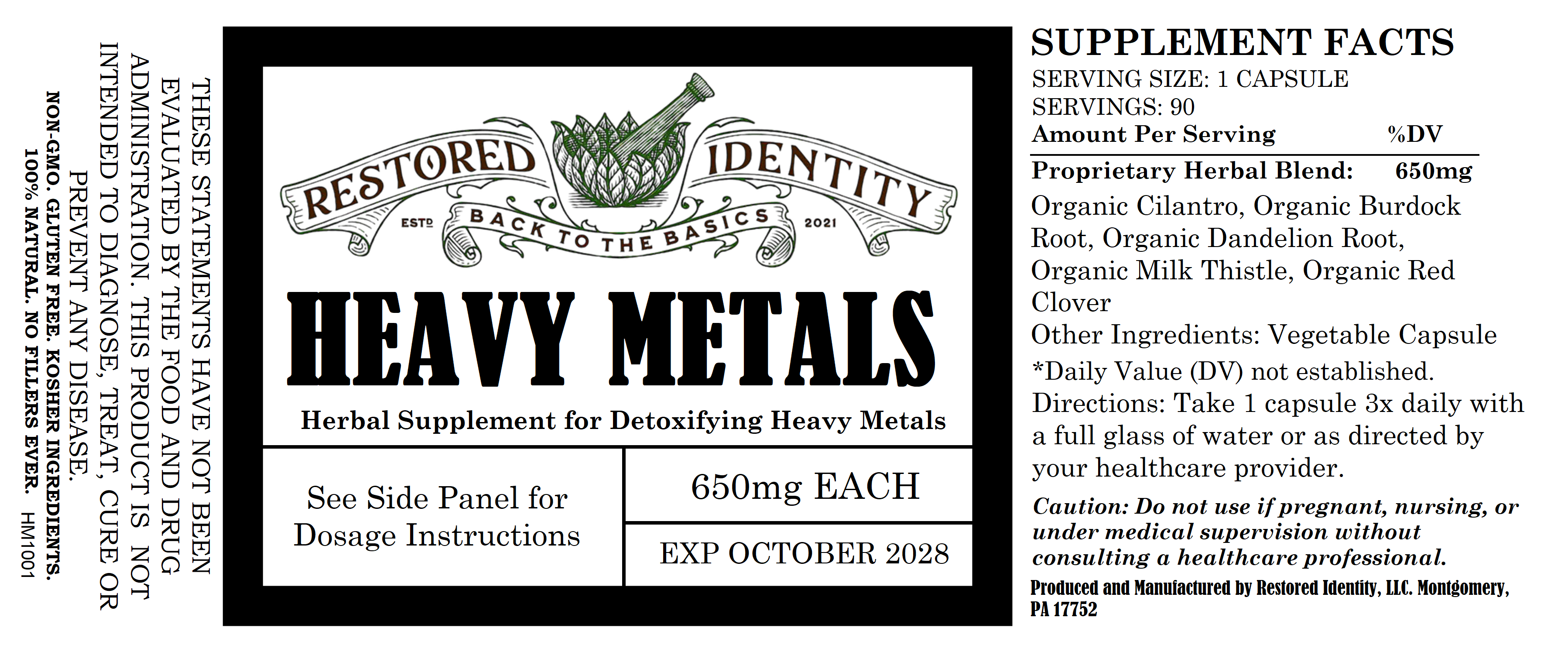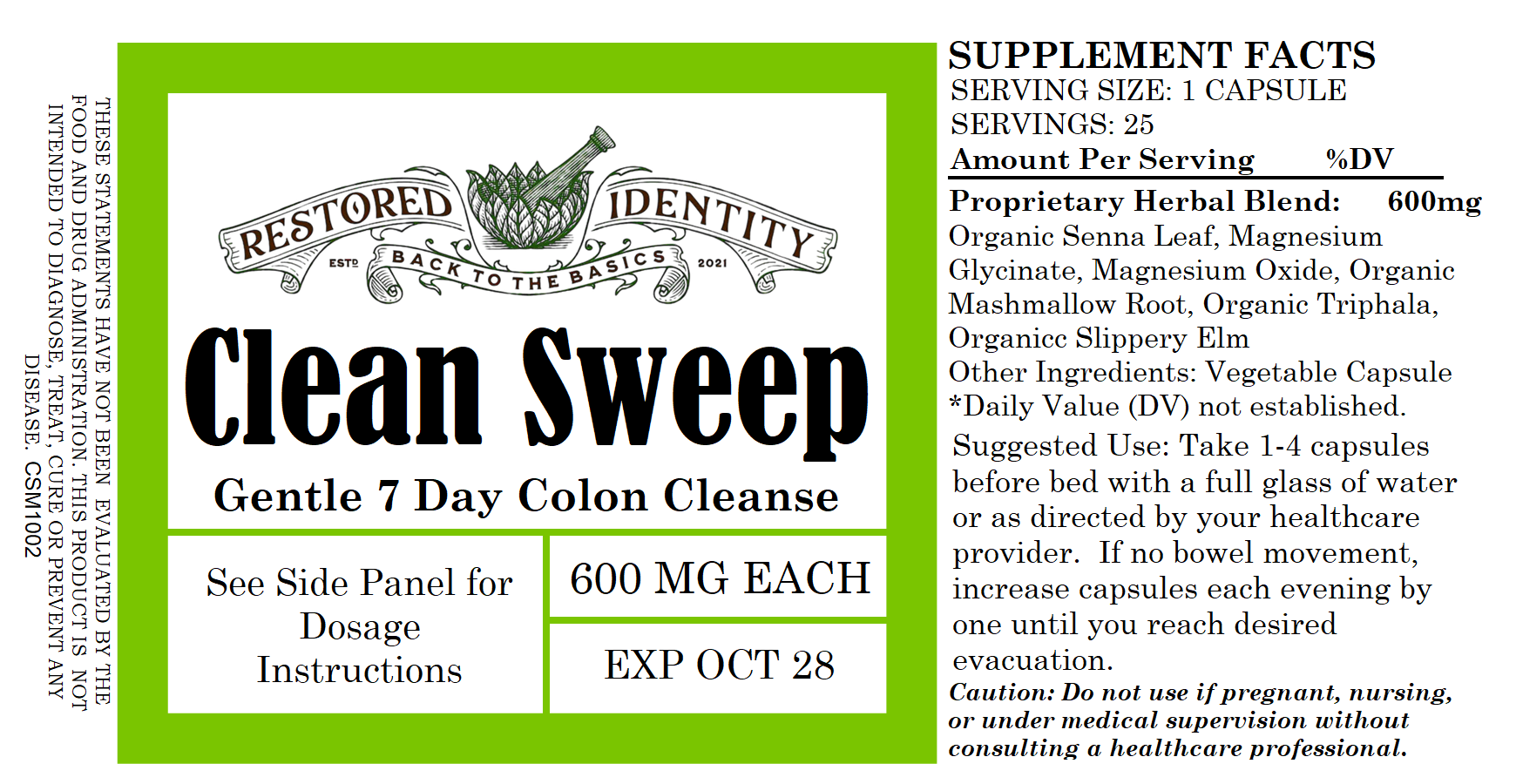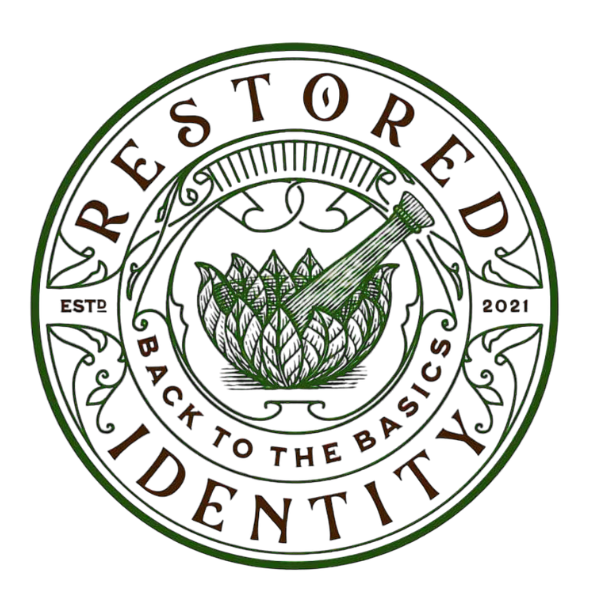Starting the Cleansing Process
Starting the cleansing journey can be an intimidating process but don't stress! We are here to lessen that burden for you! Please watch these short videos below before starting your cleansing journey.
There Are 3 Simple Steps to Restoring the Body from Disease and Illness
Step 1: Open the Pathways
Sickness starts creeping in because these pathways start getting blocked, which then back up into our organs, causing disease like crohn's disease, fatty liver, diabetes, gallbladder sludge, thyroid disfunction, hormone disruption, cancer and the list goes on.
By opening the pathways before cleansing, this ensures that all organs are open, working and flowing together so that your body can properly dispel the toxins.
The reason you hear of cleansing horror stories is because people didn't cleanse their bodies properly! If your pathways are not open before going after heavy metals and parasites, you can cause severe toxicity build up in your body and cause harm to yourself! Trust the process and follow the steps!
You will typically need 1-3 months on the Open Pathways Kit. This will open up the pathways in the colon, liver, kidneys, gallbladder (if you have one, if not no worries, you still cleanse), heart and lymphatic, preparing your body for your detox routine.
Step 2: Heavy Metal Cleanse
After you Open your Pathways, then you will want to do the Heavy Metal Cleanse: Heavy Metal Detox Kit.
Usually only 1-2 months is needed at this kit. If you've received any of the recent vaccines, you will need 2 months on the Heavy Metals Kit. The reason we go after Heavy Metal is because Heavy Metals coat our cells. Heavy Metals are sprayed in the air, put in our foods & medicines and even in our body care products. Removing the metals from the body allows the cells to be cleansed and opened up so that nutrients from the preceding kits can get inside of the cell to restore the body.
Step 3: Parasite Cleanse
Finally, you want to go after parasites for at least 3 months: 3 Month Ultimate Parasite Cleanse Kit.
Parasites live in stages and cycles. For some perspective, when I did my cleansing journey, I passed parasites for 11 straight months! They dig deep into all parts of our body and sometimes it can take up to 90 days to get them to start breaking loose from the body and get them coming out. (They come out through your stool, so don't be too freaked out. And yes, they are dead.)
Parasites are the final stage of the cleansing journey! Usually by the end of the parasite phase, the body is restored back to its original state!
This entire process is typically a one-year journey. If you've been sick for a longer period of time, then your cleansing journey may look a little longer. But the great news is, that once you reach your desired level of health, that's it! You're done cleansing! If you continue to maintain a health lifestyle, then you'll only need to do a 30 day "maintenance cleanse" once every 6-12 months to maintain parasite free!
The most important thing to remember is that it's all about baby steps. One day at a time. One choice at a time. Slowly unlearning and then relearning the right way. It's a slow and steady walk back to your truest self. It took a lifetime to build up all of these toxins in the body, it will take some time to get them back out.
Our kits come with a 36 page instructional booklet that breaks down the ENTIRE cleansing process and provides step by step instructions! We even have a recommended grocery shopping list in the booklet! But, if you need some inspiration for meals and recipes, we have quite a few free meal plans below!
1 Year Super Cleanse Kit
Feel like you need a cleanse?










Statements made, or products sold through Restored Identity,LLC have not been evaluated by the Food and Drug Administration. They are not intended to diagnose, treat, cure or prevent any disease.
All information, content, and material of this website isfor information purposes only and are not intended to serve as a substitute forthe consultation, diagnosis, and/or medical treatment of a qualified physicianor healthcare provider.
If you have a medical emergency, call your doctor or 911immediately.
THIS WEBSITE IS NOT INTENDED FOR THE PURPOSE OF PROVIDING MEDICAL ADVICE.

